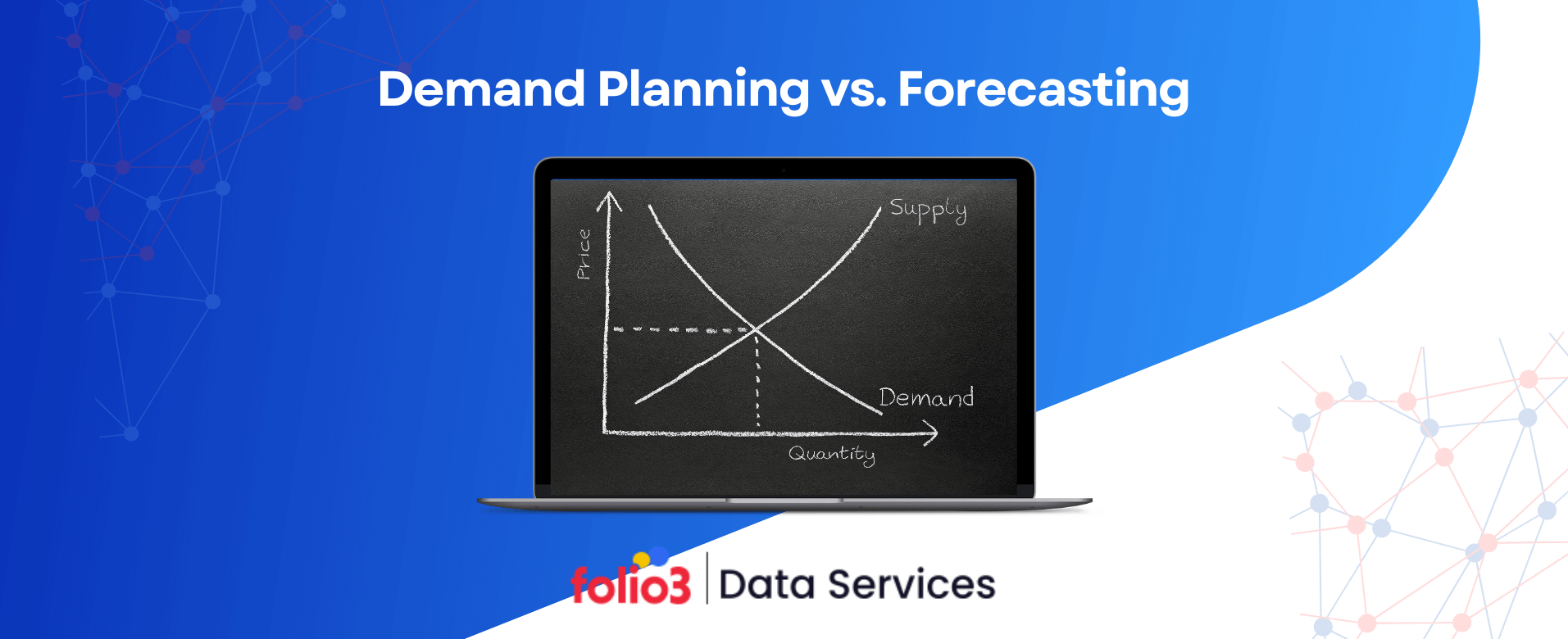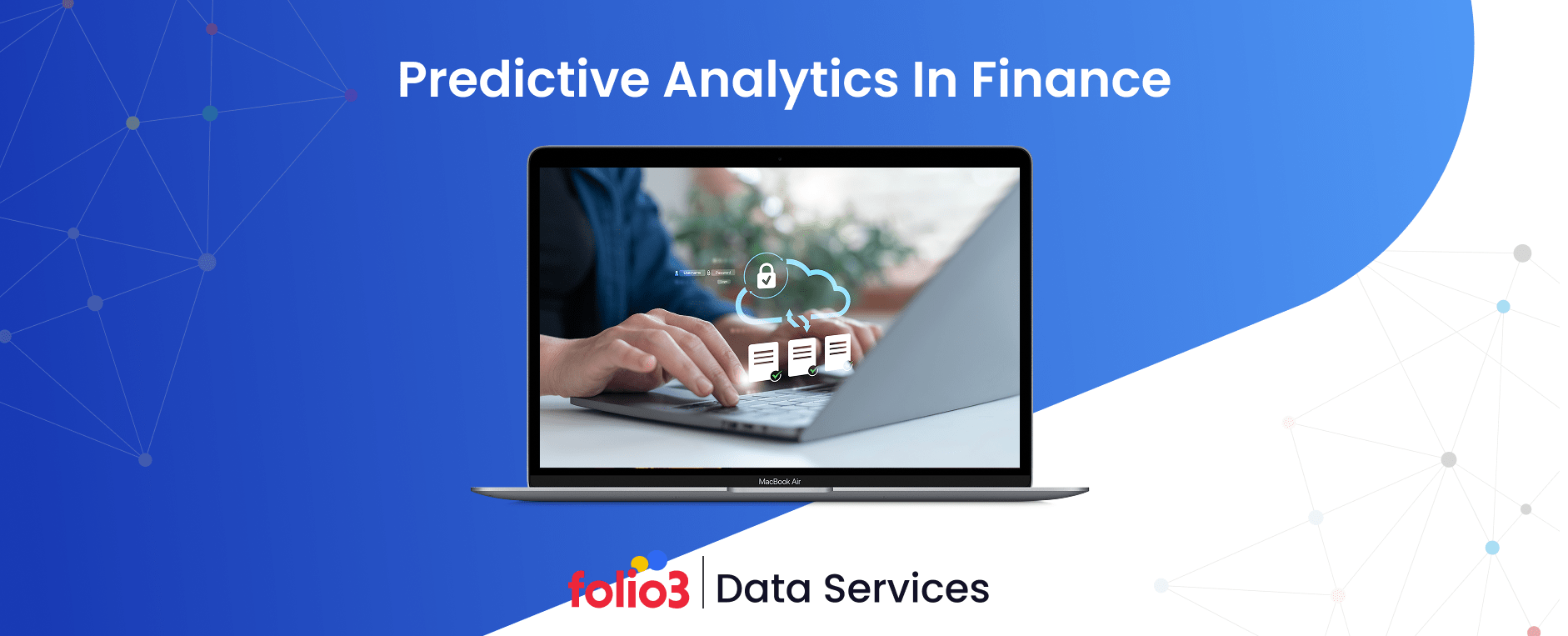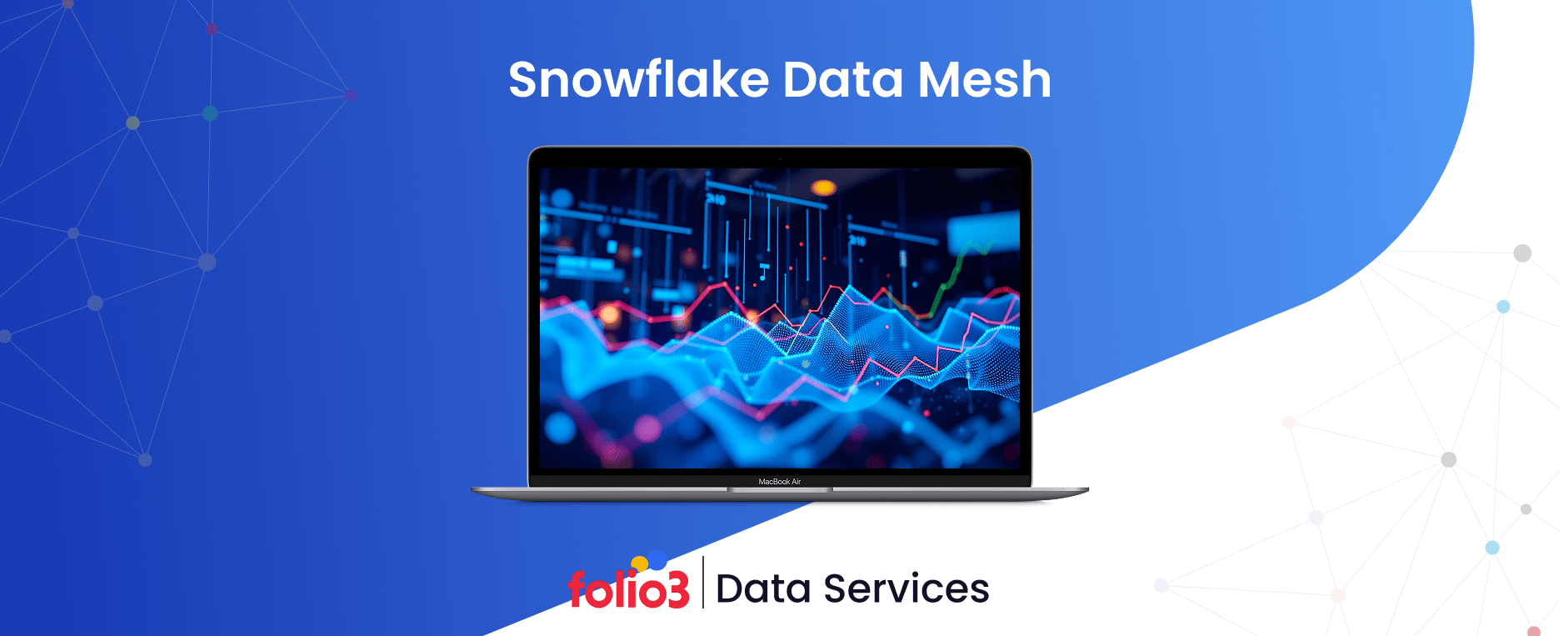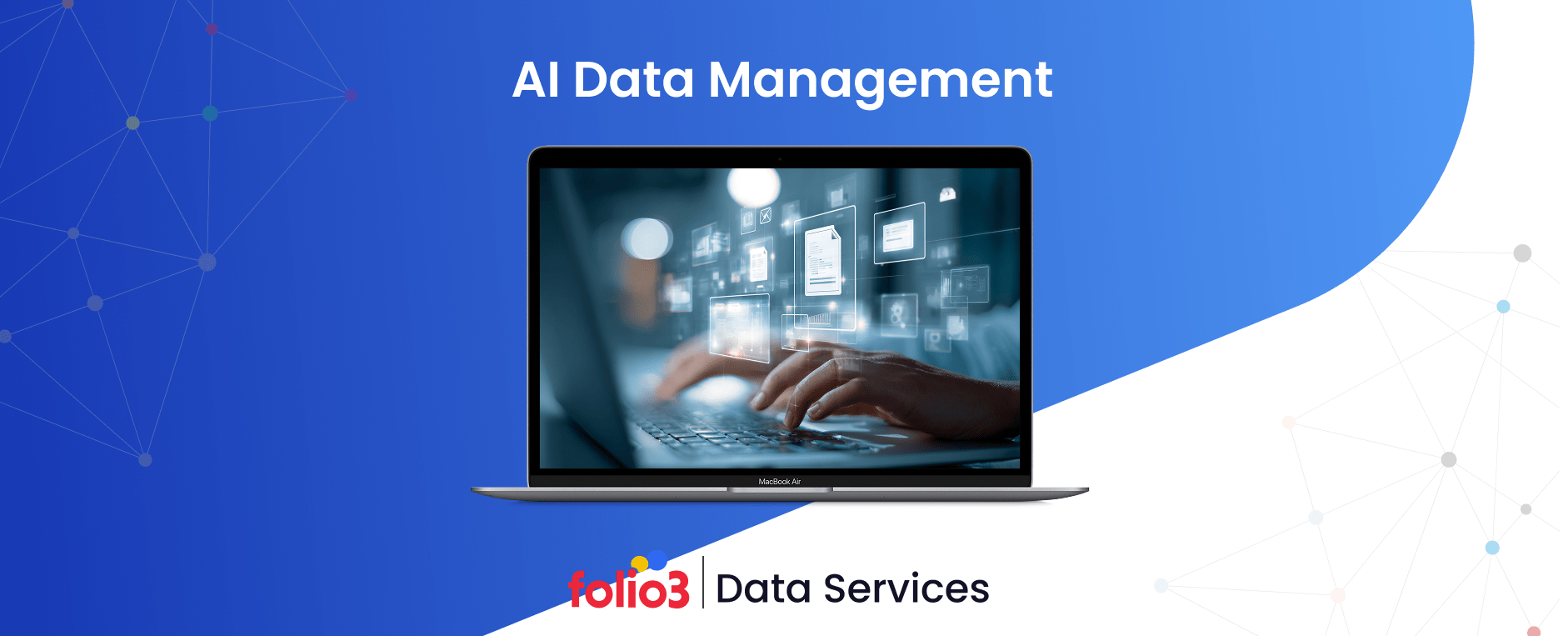The difference between demand planning and forecasting is pivotal for business success. Demand forecasting involves predicting future consumer demand using historical data, market trends, and statistical models. Demand planning is a strategic process that utilizes these forecasts to align inventory levels, production schedules, and supply chain operations with anticipated market needs.
Together, these practices are essential for optimizing resources, minimizing costs, and enhancing customer satisfaction. Recent global events have underscored the significance of accurate demand planning and forecasting. A study revealed that 60% of companies are fundamentally restructuring their supply chains to navigate economic unpredictability, highlighting the critical role of these practices in maintaining operational resilience.
Effective forecasting and demand management are essential for retail, consumer packaged goods, and manufacturing industries. According to reports, the demand planning solutions market is projected to grow from $4.43 billion in 2024 to $4.89 billion in 2025, reflecting a compound annual growth rate (CAGR) of 10.4%. This growth indicates a heightened emphasis on integrating advanced demand planning and forecasting tools to enhance supply chain efficiency.
Understanding the difference between planning and forecasting is crucial for businesses aiming to maintain a competitive edge. While forecasting provides data-driven insights into future demand, planning strategically applies these insights to ensure supply meets demand effectively. This synergy is vital for reducing inventory costs, preventing stockouts, and improving overall operational performance.
This blog will explore the key methods, tools, and techniques that distinguish demand planning from forecasting, providing actionable insights for business and data professionals.
What is Demand Planning?
Demand planning is a strategic supply chain process that ensures businesses have the right products, in the right quantities, at the right time to meet anticipated customer demand. It goes beyond predicting future sales—it involves coordinating inventory management, procurement, production scheduling, and logistics to optimize supply chain efficiency.
A well-structured demand planning & forecasting strategy enables businesses to respond proactively to market fluctuations, reducing excess inventory costs and preventing stockouts. This process integrates historical sales data, market trends, real-time demand signals, and business insights to create a comprehensive plan that aligns supply with demand.
What is Demand Forecasting?
Demand forecasting is the analytical process of predicting future customer demand using historical data, statistical models, and machine learning algorithms. It is critical to forecasting and demand management, helping businesses anticipate market trends, seasonal fluctuations, and potential supply chain disruptions.
The key difference between planning and forecasting is that forecasting provides data-driven demand insights, while planning involves making strategic decisions based on those insights. Forecasting methods can be qualitative (expert opinions, market research) or quantitative (time-series analysis, regression models, AI-based predictive analytics).
A strong demand vs forecast strategy allows businesses to make informed decisions about inventory allocation, production schedules, and procurement strategies, ensuring seamless operations across retail, manufacturing, and consumer goods.
Key Components of Demand Planning and Demand Forecasting
Both demand planning and forecasting rely on data, collaboration, risk management, and advanced technology to create accurate predictions and actionable strategies. Below are the essential components that drive effective forecasting and demand management:
Data Collection and Analysis
Accurate demand planning and forecasting begin with robust data collection, supported by data analytics services. Businesses aggregate historical sales data, customer purchasing patterns, seasonal trends, and external market conditions to develop reliable demand projections.
Advanced AI-driven analytics and predictive modeling refine forecasts by incorporating real-time insights, such as economic indicators, competitor actions, and consumer sentiment. A study by McKinsey revealed that companies using AI-powered forecasting tools have seen a 20-30% reduction in inventory costs while improving forecast accuracy.
Collaboration Across Departments
Demand planning is not limited to supply chain teams—it requires cross-functional collaboration between sales, marketing, finance, and operations. Aligning these departments ensures that forecasts are accurate and actionable, allowing businesses to adjust production, pricing, and inventory based on real-time demand shifts.
For example, if marketing plans an aggressive promotional campaign, supply chain teams must be informed to increase stock levels accordingly to meet the anticipated surge in demand. This level of integration minimizes the risk of stockouts and overproduction.
Scenario Planning and Risk Assessment
The difference between planning and forecasting becomes evident in risk management. While forecasting project demand under normal conditions, planning incorporates scenario modeling to prepare for disruptions like supply chain delays, economic downturns, or unexpected spikes in demand.
Companies use what-if analysis to assess potential risks and develop contingency plans. According to reports, businesses that adopted risk-based demand planning strategies during the pandemic were 40% more resilient in handling supply chain disruptions than those relying solely on historical data.
Technology and Tools in Demand Planning
Advancements in machine learning, big data, and cloud-based ERP systems have revolutionized demand planning. Companies now use:
- AI-driven forecasting platforms for real-time predictive analytics
- IoT sensors and supply chain visibility tools for demand signal tracking
- Cloud-based ERP systems to centralize and streamline data across departments
According to a study, businesses using predictive analytics for demand forecasting experience a 10% to 15% revenue increase and lower operational costs. With the help of technology and data-driven strategies, businesses can improve demand planning accuracy, optimize resources, and drive long-term profitability.
Steps in the Demand Planning and Forecasting Process
A structured demand planning & forecasting process is essential for businesses to efficiently align supply with market demand. Below are the key steps involved:
1. Data Collection – Internal and External Data Sources
Accurate forecasting and demand management begins with collecting diverse data sources. This includes:
- Internal Data: Historical sales records, inventory levels, production capacities, and customer purchase behavior.
- External Data: Market trends, economic indicators, competitor strategies, weather conditions, and geopolitical events.
2. Data Cleansing and Preparation – Ensuring Data Accuracy
Raw data often contains inconsistencies, missing values, or outliers that can distort forecasts. Data cleansing techniques, such as removing anomalies and standardizing datasets, ensure accuracy. Businesses use AI-based data preprocessing tools to refine data for better demand projections.
3. Choosing the Right Forecasting Model – Statistical, AI-driven, or Hybrid Models
Selecting an appropriate forecasting method depends on business needs and data complexity. The main models include:
- Statistical Models: Time series analysis, moving averages, regression models.
- AI-Driven Models: Machine learning algorithms that adapt to demand fluctuations in real time.
- Hybrid Models: A combination of statistical and AI-driven approaches for greater accuracy.
4. Generating Forecasts – Predicting Demand Based on Different Models
Once the model is selected, businesses generate forecasts based on seasonality, sales trends, and external influences. Forecasting tools simulate different scenarios to predict demand spikes, slowdowns, and unexpected disruptions.
5. Validating and Adjusting Forecasts – Aligning with Business Objectives
Forecasts must align with strategic business goals. Companies validate projections by comparing them with historical trends and adjusting based on market intelligence, promotions, and business expansions.
6. Monitoring and Continuous Improvement – Refining Models Over Time
Demand forecasting is an ongoing process. Businesses must track forecast accuracy, measure deviations, and refine models over time. Implementing real-time analytics and feedback loops ensures continuous improvement.
Best Practices for an Effective Demand Planning and Forecasting Process
To stay competitive in dynamic markets, businesses must optimize their demand planning & forecasting process using data-driven insights, technology, and collaboration. Here are some best practices that enhance accuracy and efficiency:
1. Using Real-Time Data and Analytics
Traditional demand forecasting relies on historical sales data, but modern businesses integrate real-time market signals, consumer behavior patterns, and economic indicators to improve forecast precision.
Companies using real-time demand analytics experience a 10-20% reduction in forecast errors and faster response times to demand fluctuations. Best practices include:
- Integrating IoT sensors for real-time inventory tracking.
- Using predictive analytics to anticipate shifts in customer demand.
- Monitoring external factors like weather patterns and economic trends.
2. Enhancing Collaboration Between Departments
Effective forecasting and demand management require seamless communication between sales, marketing, finance, and supply chain teams. Leveraging customer analytics services helps break down silos, ensuring alignment in inventory levels, production schedules, and customer demand.
Best practices include:
- Establishing cross-functional demand planning teams to align goals.
- Implementing cloud-based collaborative planning platforms.
- Conducting regular forecast review meetings to ensure business-wide alignment.
3. Utilizing AI and Automation in Forecasting
AI-driven forecasting models outperform traditional methods by adapting to real-time changes and minimizing human bias. Machine learning algorithms analyze vast datasets to provide hyper-accurate demand predictions.
Best practices include:
- Implementing AI-powered demand forecasting tools to process large datasets efficiently.
- Using machine learning algorithms for pattern recognition and demand prediction.
- Automating forecast adjustments based on real-time market signals.
- Using Generative AI in retail to explore different demand scenarios, fine-tune inventory levels, and offer personalized recommendations that truly resonate with customers.
4. Continuous Monitoring and Adjustments
The difference between planning and forecasting is that forecasting provides predictions, while planning involves proactive adjustments based on real-time insights. To maintain accuracy, businesses must continuously monitor demand forecasts, track key performance indicators (KPIs), and refine models.
Best practices include:
- Setting up automated performance tracking dashboards.
- Conducting post-forecast analysis to measure accuracy.
- Adjusting forecasts dynamically in response to supply chain disruptions, competitor actions, or economic changes.
Challenges in Demand Planning and Forecasting
While demand planning and forecasting are essential for business success, they also present challenges impacting accuracy and efficiency. Organizations must recognize and mitigate these issues to optimize forecasting and demand management strategies.
While demand planning and forecasting challenges are inevitable, businesses can mitigate risks by leveraging advanced analytics, automation, and real-time data insights. By addressing these issues, companies can enhance forecasting accuracy, minimize disruptions, and maintain a competitive edge in unpredictable markets.
1. Data Accuracy Issues – How Bad Data Affects Forecasts
Inaccurate, incomplete, or outdated data is one of the biggest roadblocks in demand planning vs forecast accuracy. Poor data quality leads to:
- Overproduction or stockouts due to misleading demand signals.
- Inconsistent inventory levels, increasing holding costs.
- Faulty decision-making, resulting in lost revenue opportunities.
Solution
To maintain data integrity, businesses should use data validation techniques, AI-driven cleansing tools, and real-time data updates. Partnering with data engineering services can also help establish reliable pipelines and ensure high-quality, consistent data across all planning systems.
2. Market Volatility and Uncertainty – Impact of Economic Fluctuations
Market conditions constantly shift due to inflation, recessions, geopolitical events, and changing consumer behavior. Traditional forecasting methods struggle to adapt to these rapid changes.
Solution
Companies should integrate real-time market analytics, external economic indicators, and scenario-based planning to navigate uncertainties effectively.
3. Supply Chain Disruptions – Unexpected External Factors
Unforeseen supply chain disruptions, such as natural disasters, trade restrictions, or transportation bottlenecks, can throw even the most sophisticated demand planning & forecasting models off track.
The 2021 global semiconductor shortage forced automobile manufacturers to scale back production, leading to billions in revenue losses due to incorrect demand projections.
Solution
Businesses should implement:
- AI-powered supply chain visibility tools for real-time tracking.
- Diversified supplier networks to reduce dependency on a single source.
- Predictive analytics models to anticipate disruptions and adjust plans dynamically.
4. Over-Reliance on Historical Data – Why Static Models Fail in Dynamic Markets
Many businesses rely too heavily on historical sales trends to predict future demand. While past data is useful, static models often fail in dynamic markets where:
- Consumer preferences evolve rapidly due to trends and innovation.
- External disruptions create unpredictable demand shifts.
- New product launches impact sales patterns.
Solution
Companies should leverage hybrid forecasting models that combine historical data with AI-driven real-time analytics for more adaptive decision-making.
FAQs
What are the 5 methods of demand forecasting?
The five key methods are qualitative forecasting, time series analysis, causal models, econometric models, and artificial intelligence-driven forecasting.
What are the four steps of the demand planning process?
The four steps include data collection and analysis, demand forecasting, inventory and supply planning, and continuous monitoring and adjustments.
What is the difference between planning and forecasting?
Forecasting predicts future demand based on data trends, while planning involves strategizing resources and actions to meet that demand efficiently.
Conclusion
To achieve optimal demand planning and forecasting, businesses must integrate data-driven strategies, advanced analytics, and cross-functional collaboration. Leveraging AI-powered forecasting models and real-time insights enhances supply chain resilience, minimizes costs, and improves customer satisfaction. However, success in demand planning requires continuous monitoring and adaptation to evolving market trends.
Folio3 Data Services empowers businesses with cutting-edge data solutions, enabling precise forecasting and streamlined operations. Our AI, machine learning, and cloud-based analytics expertise helps companies drive efficiency and make data-backed decisions. Partner with Folio3 to enhance your demand planning capabilities and stay ahead in an increasingly competitive landscape.



